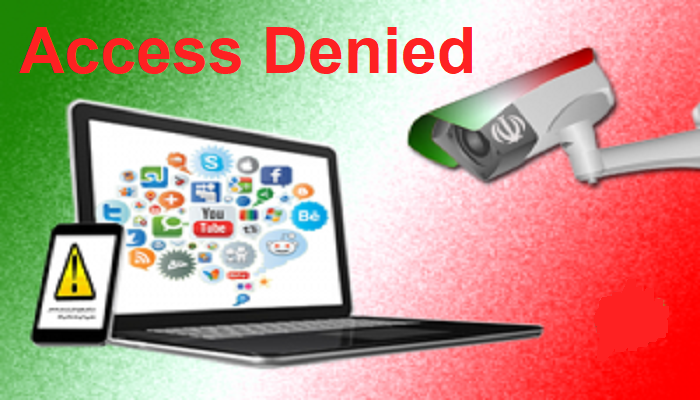
(NCRI) and (PMOI / MEK Iran): Internet access is filtered in Iran under the ruling religious dictatorship.
Protests are on the rise in Iran this year, with several high-profile demonstrations making news. In late February, protests broke out across Sistan and Baluchestan Province after several fuel porters were shot dead by Revolutionary Guards (IRGC).
The protests spread throughout Iran
The protests spread throughout Sistan Baluchestan and into neighboring provinces and gained the support of MEK Resistance Units and ordinary citizens throughout the country.
Last month, residents in Gonbad Kavus held a major protest after the judiciary refused to charge a security agent for the rapes of two young girls, ages seven and eight. On March 25, Golestan Province IRGC Commander Ali Malek Shahkoohi responded to the protests. He said, “The [regime’s] sworn opponents and enemies tried to divide and create insecurity in the province through social networks and cyberspace and their internal agents by abusing the Gonbad incident.”
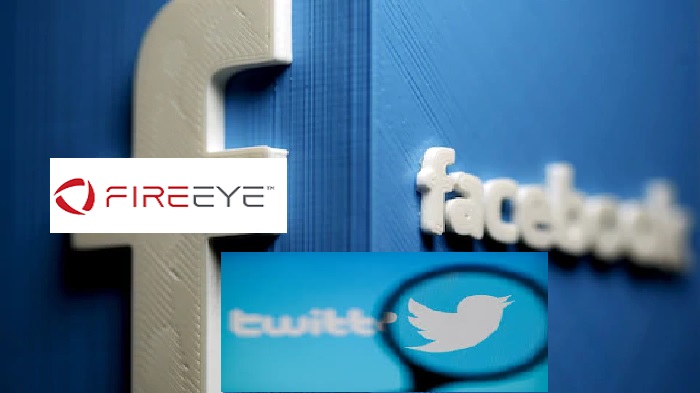
(NCRI) and (PMOI / MEK Iran): Twitter closed 2800 fake accounts, and Facebook closed nearly 100 accounts, pages, and groups related to the Iranian regime.
Calls for censorship
The increase of protests and social upheaval in Iran has led some Iranian regime officials to call for additional censorship of the internet and social media content. Officials have previously shut off internet access or blocked social media during protests to prevent people from sharing locations of ongoing protests and organizing demonstrations in new locations. The regime also uses internet blackouts to prevent the international community from seeing large-scale anti-government uprisings in Iran and their violent suppression by security forces.
On Monday, State Security Forces’ Special Forces Unit Commander Hassan Karami seemed to suggest that the regime might take more aggressive steps to censor the internet while claiming that the regime’s enemies are using the internet to “infiltrate” Iranian culture. Previously, Tehran Prosecutor Ali Alghasi Mehr made a separate statement worrying that protesters were using social media to organize more effectively.
On March 21, Supreme Leader Ali Khamenei dedicated part of his Nowruz speech to call for additional regulation of social media, adding that “the enemy” is using the internet to “discourage the people.” Following his speech, IRGC Commander Hossein Salami announced that the IRGC would take control of the internet in Iran.
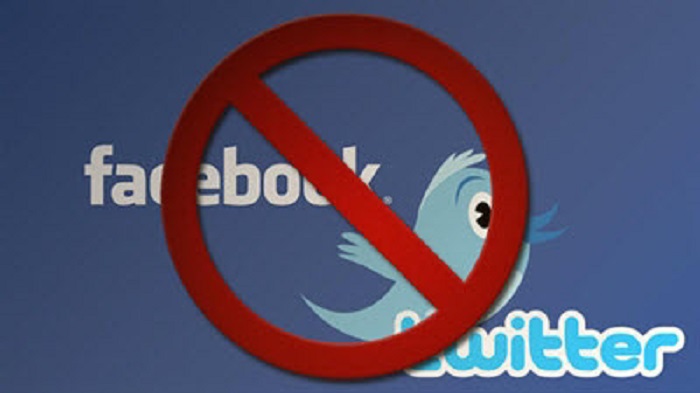
(NCRI) and (PMOI / MEK Iran): Iranian regime under “moderate” Rouhani filters Internet.
Censorship is ‘not feasible’
However, the regime’s plan to seize control of the internet is unlikely to work, according to one of its own officials. Minister of Information and Communications Technology Mohammad-Javad Azari warned the regime that blocking internet sites is not feasible because of “advanced encryption and satellite tools.”
Azari Jahromi is the seasoned intelligence officer who spearheaded the nationwide internet blackout during the November 2019 Uprising. The blackout drew international headlines and created almost as much outrage as the scenes of carnage that managed to bypass the blackout. His grim assessment of the regime’s ability to censor the internet carries a great deal of weight.
In writing about the regime’s potential for controlling the internet, the MEK agreed with Azari Jahromi. It wrote that technological advances “are making it harder and eventually impossible to block access to the internet and social media.
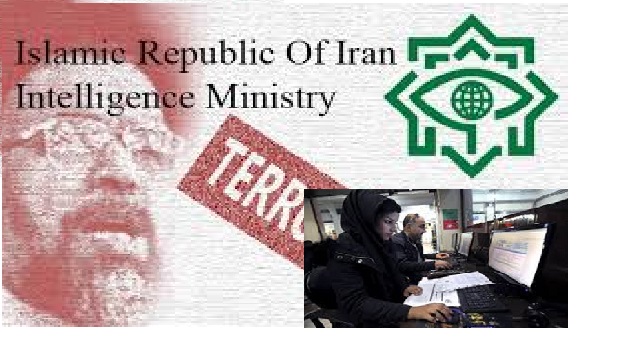
(NCRI) and (PMOI / MEK Iran): The fake internet and TV alternatives made by the Iranian Regime’s Ministry of Intelligence (MOIS) against the MEK.
Satellite internet technology
Satellite internet technology is becoming more prevalent and in the next few months, low-orbit satellite internet will be available over Iran’s airspace. The satellite transceivers will be available in neighboring countries and importing them into Iran will only be a matter of logistics. And these technologies are also becoming more resilient against mass signal filtering techniques that the regime uses to block access to satellite channels.”
The MEK also described the “huge explosive potential of Iran’s society.” This is a factor that the regime cannot openly acknowledge, but the fear of the people is a constant presence in regime officials’ statements.
The MEK article continues: “The population, especially the youth, are fed up with the tyranny and corruption of the regime. They use every possibility to organize protests and to reveal the regime’s corruption and repression. And as we’ve seen in the past couple of years, despite the regime’s extensive efforts to block access to online communication tools, the people of Iran have always found ways to circumvent censorship and have their voices heard.”
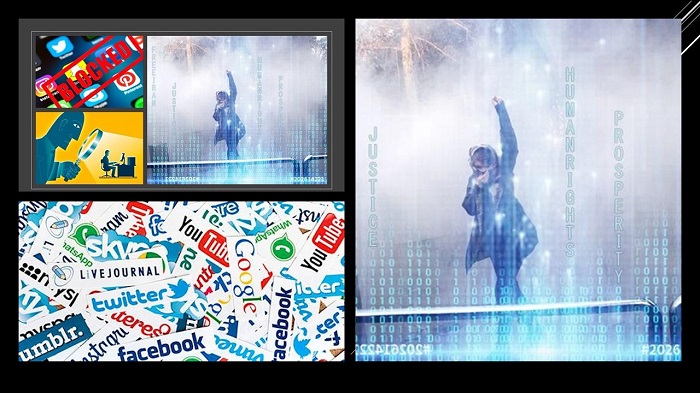
(NCRI) and (PMOI / MEK Iran): The Iranian Regime’s Panic Over the MEK and the Power of Social Media.
MEK Iran (follow us on Twitter and Facebook)
and People’s Mojahedin Organization of Iran – MEK IRAN – YouTube
